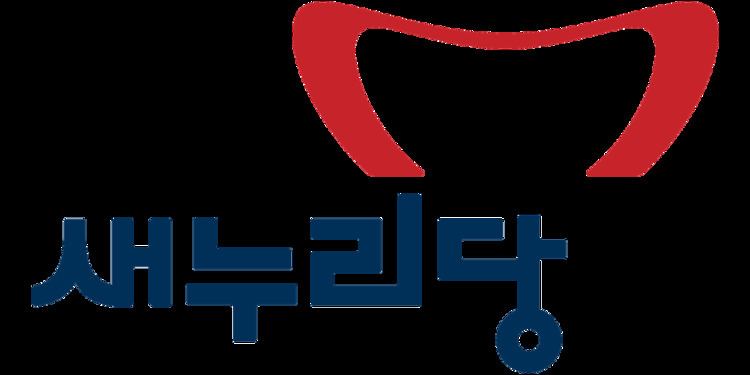 | ||
Starting from the dictatorship of Pak Junghee with military coups d'état and the scandals facing the conservative government, including accusations of government interference in the presidential election, Conservatism in South Korea is chiefly associated with the Saenuri Party (named the Grand National Party prior to 2012). Within the party, groups such as the New Right promote conservatism. The conservative Park Geun-hye government is the current government of the Sixth Republic of South Korea.
Contents
South Korean conservatism has been influenced from the military dictatorships of Park Chung-hee and Chun Doo-hwan. In domestic policy, South Korean conservatism has a strong elitist streak and promotes rapid modernization and social stability.
Values
Conservatism in South Korea is fervently anti-communist. South Koreans oppose relations with North Korea and support upholding the National Security Act. Some conservative citizen groups such as the Korean Council for Restoration National Identity and American and Korean Friendship National Council protested at UNESCO headquarters in Paris in May 2011 to prevent inscribing the records of the Gwangju Democratization Movement in the Memory of the World Register, and to petition for reconsidering identifying North Korean Special Forces as the perpetrators of the GDM.
Jeong Tae-heon, a professor of Korean history at Korea University has expressed concerns that disputes over the term "liberal democracy" reflect a strong conservative bias reacting against North Korea's political ideologies, similar to political views seen in 1950.
It has been alleged that the South Korean right has promoted McCarthyism-like red scares among the South Korean public.
Media
The Chojoongdong media cartel wields the largest political influence in the South Korean political scene through newspaper and other print publications.
